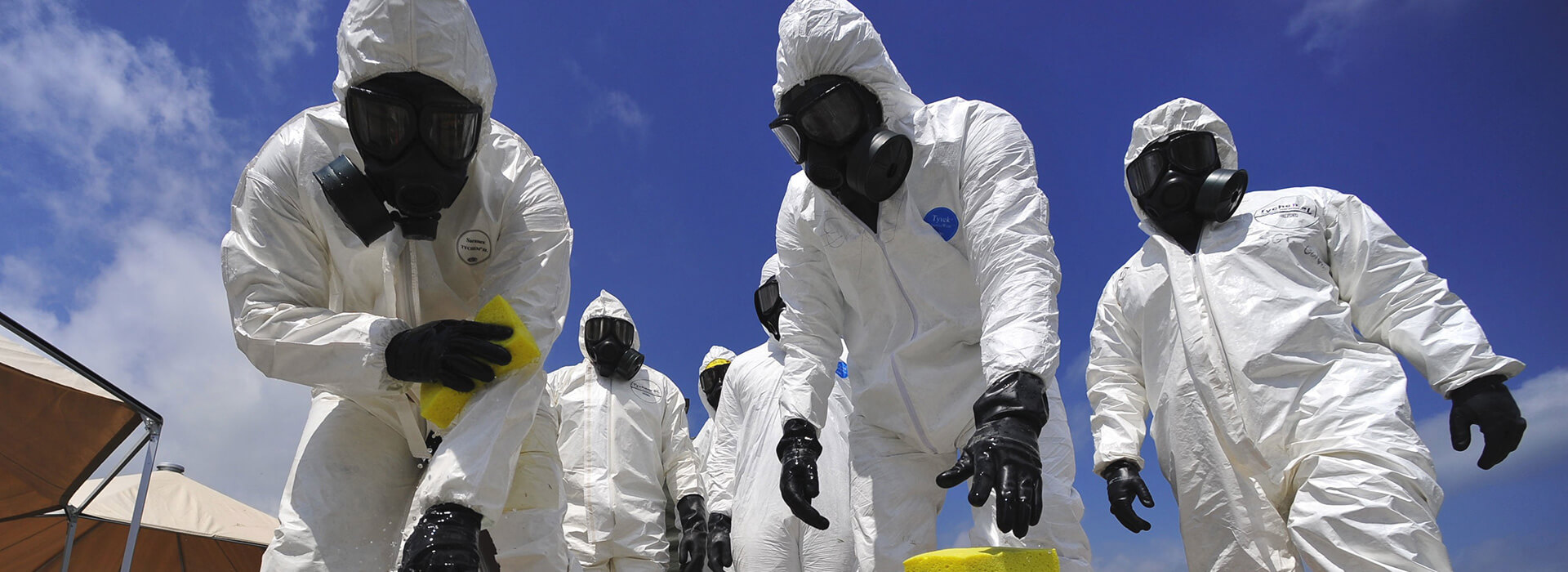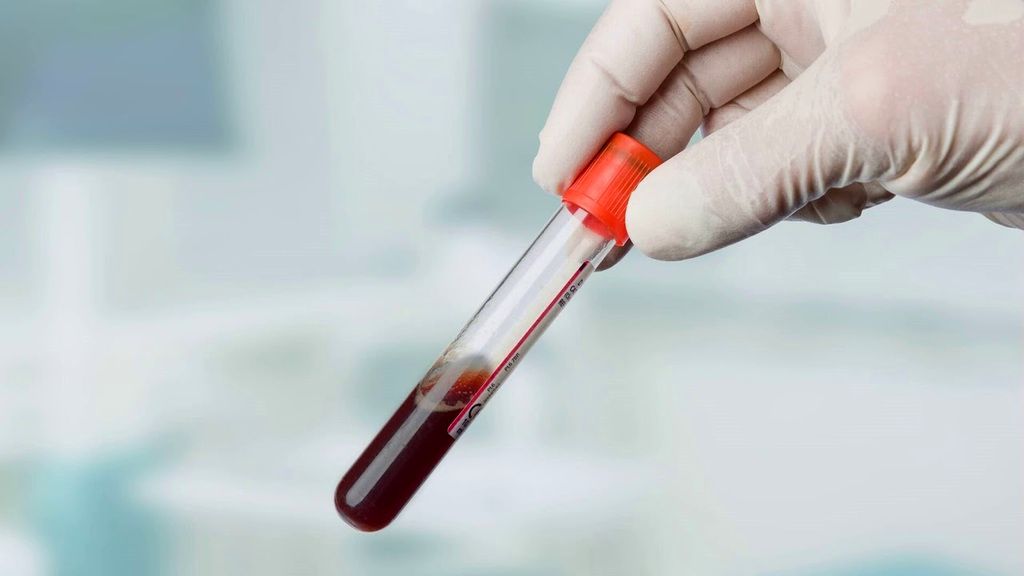

The main factors affecting the quality of Meltblown fabric can be listed as follows:

Meltblown series products are not limited to nonwoven face mask filters. Other products include materials such as fiber meltblown material, meltblown oil absorption series material, composite bag filter material, filter element, PP filter paper, activated carbon filter cloth, automobile sound absorbing materials and thermal insulation products. In this respect, meltblown fabric is also used in medical equipment used in health institutions, hospitals and laboratories.
There are several standards developed by the American Test and Materials Association (ASTM) that regulate the penetration resistance of textiles used in protective clothing and medical face masks with synthetic blood. One of them is the ASTM F1670 standard. In this standard, penetration resistance properties and test methods of all kinds of textile materials, including meltblown fabrics used in the production of protective clothing, are presented (ASTM F1670-17a Standard test method for the resistance of materials used in protective clothing to penetration with synthetic blood). The test method described is used to measure the resistance of chemical protective clothing materials to ingress of various liquids.
Such textiles are used to create a barrier to saliva, blood, and similar infectious body fluids. Properties of body fluids such as surface tension, viscosity and polarity affect the structure, hydrophilicity or hydrophobicity of these materials.
Another standard in this regard is the ASTM F1862 standard. The test method presented in this standard is intended to determine the resistance of medical face masks to synthetic blood penetration (ASTM F1862-17 Standard test method for the resistance of medical face masks to penetration with synthetic blood - Horizontal projection of constant volume at known speed). These masks aim to protect people against splashing of body fluids and blood that are likely to carry infectious substances.
The ISO 22609 standard, developed by the International Organization for Standardization (ISO), also describes the properties and test methods of medical face masks made of various textile materials, including meltblown filters, against the penetration of synthetic blood (ISO 22609 Clothing for protection against infectious agents - Medical face masks - Synthetic Test method for resistance to blood penetration.
The ISO 16603 standard also provides a test method for measuring the penetration resistance of protective clothing materials against blood and body fluids.
Our organization, among numerous testing, measurement, analysis and evaluation studies, provides synthetic blood test services within the scope of meltblown fabric testing services to demanding healthcare organizations and manufacturers within the framework of national and international standards, with a trained and expert staff and advanced technological equipment.
To get an appointment, to get more detailed information or to request an evaluation, you can ask us to fill in our form and reach you.